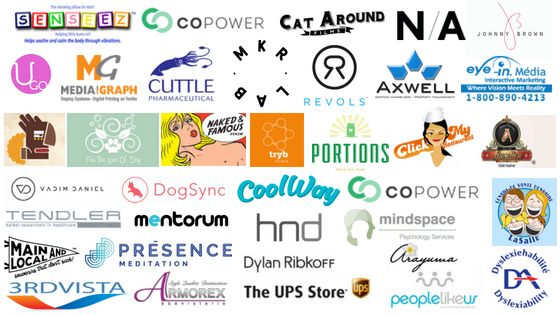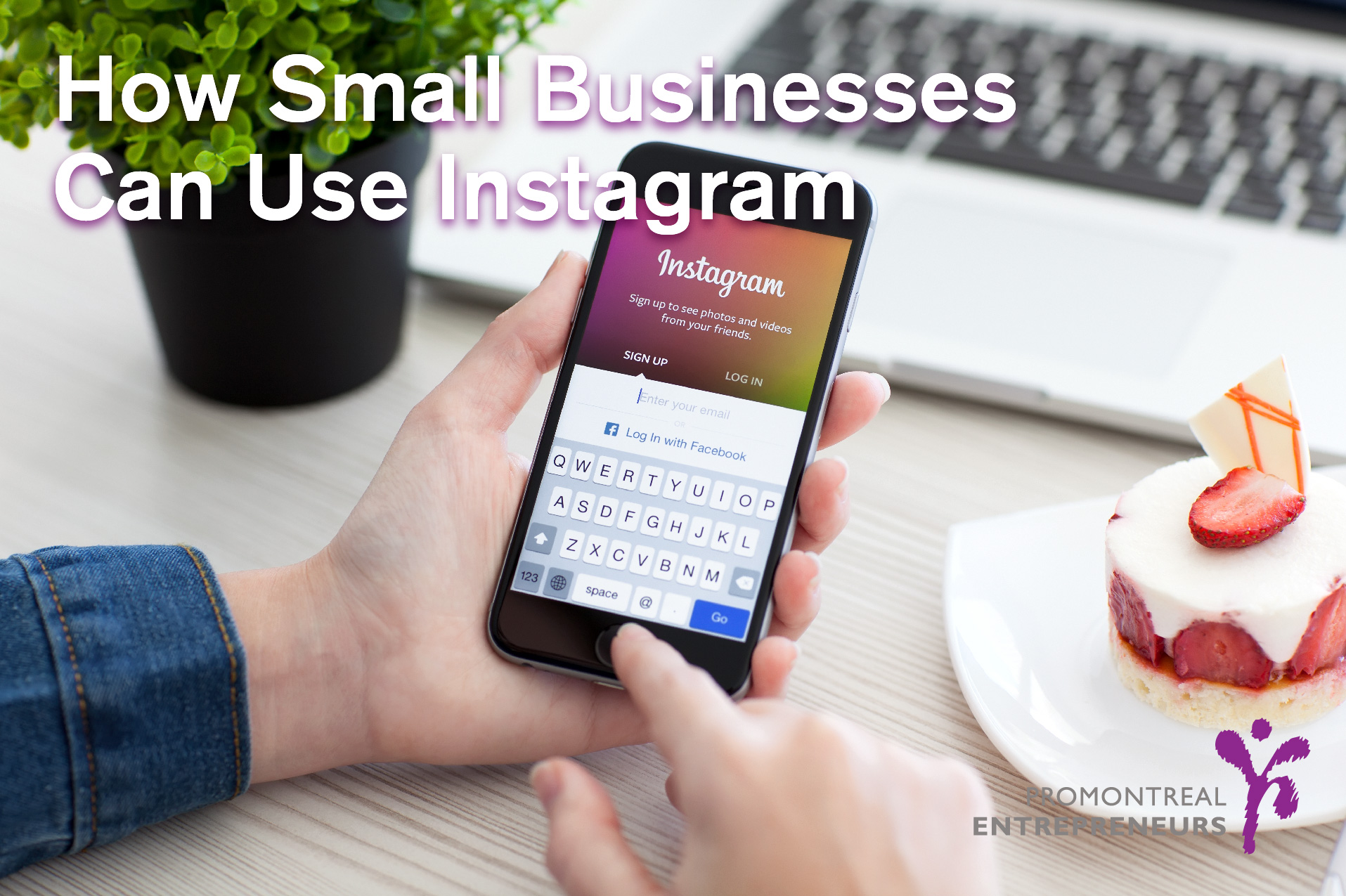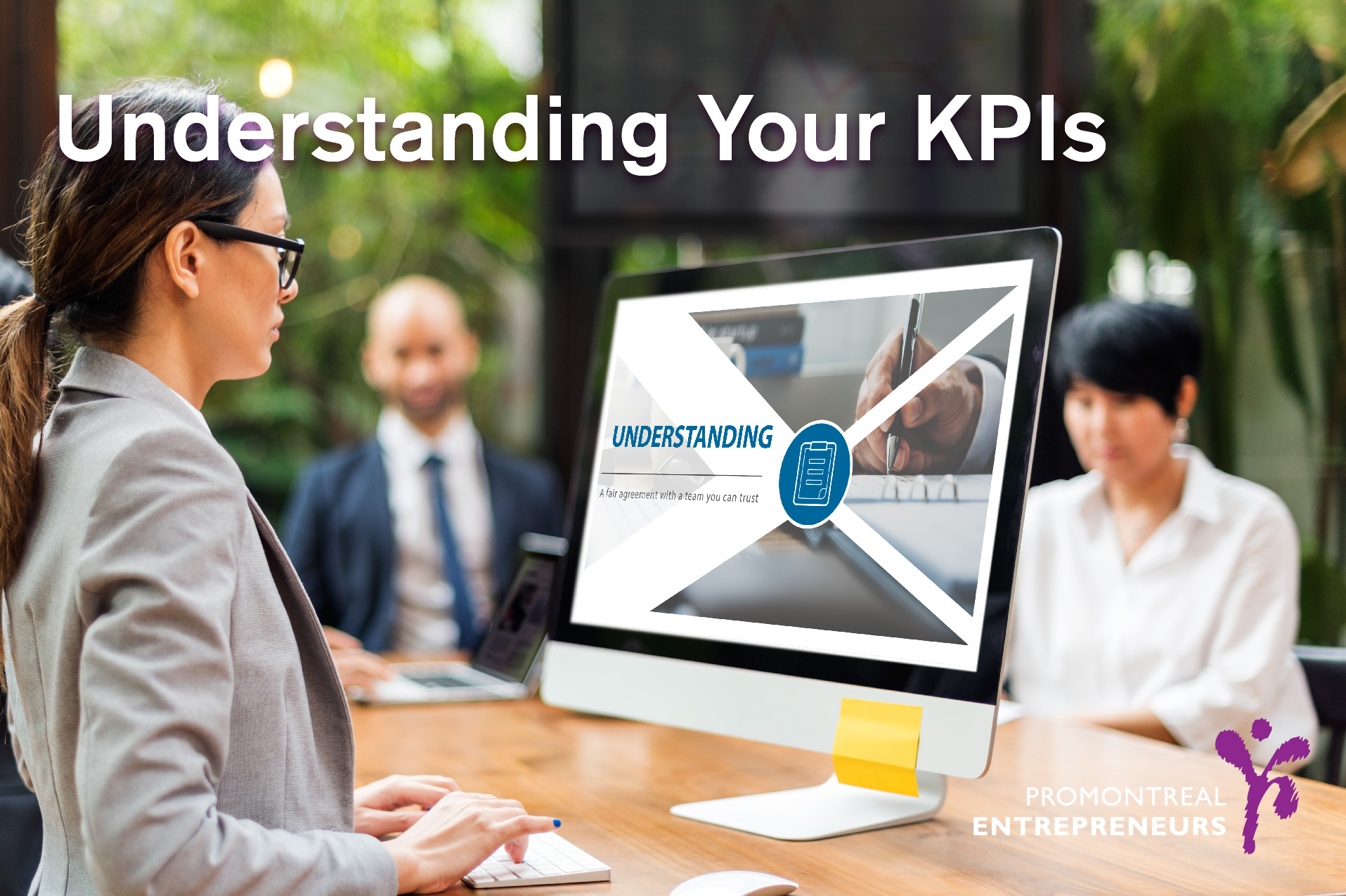
Over the past 18 years PME has helped guide many diverse businesses to success. Often, entrepreneurs come to us with just an outline of what they aim to achieve. With added assistance from our program leaders, mentors, and committee members, we are able to turn this vision into reality. Here are just a few notable mentions of companies that have been able to turn ideas into lucrative business opportunities with help from PME.
Budge Studios
Not only do they have millions of downloads for their games, they have become members of the PME committee. The mission of Budge Studios is to thrill, educate, and entertain children around the world through creative and innovative apps. They have won numerous notable awards for their accomplishments. This includes the Google Play ‘Best of 2016’ App Selection Award for their app, My Little Pony: Harmony Quest. Additionally, they won the Apple Store Best of 2016 for Miss Hollywood Vacation Canada. Budge Studios may be in the business of creating games but their business strategy and objective is rigid and direct. It’s all about being family friendly and universally playable.
Naked and Famous Denim
Naked and Famous Jeans has come a long way since we first met Brandon Svarc. Simply put, the company focuses on one thing only. As they so eloquently state: “No marketing, no washes, no pre-distressing, no nonsense. Just excellent denim at a reasonable price.” Naked and Famous Jeans uses Japanese selvedge denim which is woven slowly and painstakingly on old shuttle looms. Svarc travels to Japan numerous times a year to find new fabrics, and denim mills. Nicknamed the Willy Wonka of denim, he has been interviewed by popular publications such as GQ to share knowledge about his expertise. With all their products made and sewn in Canada,their sole purpose is to sell the highest level of quality to their end-user.
Copower
CoPower is where impact investment meets Wall Street. We met founders David Berliner, Larry Markowitz and Raphael Bouskila in 2013. Since then, CoPower has continued to strive and make the world a greener and more sustainable place. CoPower’s team works with clean energy firms to identify clean energy and energy efficient projects that generate steady and predictable revenue streams. CoPower is all about impact investing. For those of you who are unsure of what this is, impact investing is a strategy that involves the investing in companies and projects with the intention of generating measurable, positive, and environmental benefits alongside financial returns.
Revols
Not only are Navi and Daniel kick-ass entrepreneurs, but did you know they had the biggest kickstarter campaign in Canadian history? Revols has come a long way since its founding in 2014. Navi and Daniel were endlessly frustrated with finding the perfect pair of earphones. While they understood that ears are as unique as fingerprints, all custom-fit earphones came with a high price-point and long wait times. The dynamic duo decided to take matters into their own hands and create Revols: a pair of wireless customized earphones that provide the same comfort and sound benefits as traditional custom-fits, at a fraction of the cost and time.
All in all, PME has had some pretty driven, and ambitious entrepreneurs come through its doors. This is just a glimpse of many of our success stories. We provide them with the most essential tools entrepreneurs need in order to succeed.





 We all know the power of Instagram. It’s filled with big corporations competing for the attention of millions of Millennials, and members of Generation Z. Small businesses will be intimidated by big corporations with unlimited marketing budget, large following and quality content. But this is the beauty of social media. Though all of these things can seem like deterrents at first, they are also the reason why you must give Instagram a try. But how can you use Instagram for small business? Instagram can be a great way to promote your brand, connect the physical world with the online world and launch a new product or service. What you use and how you use it will depend on your goals and your organization.
We all know the power of Instagram. It’s filled with big corporations competing for the attention of millions of Millennials, and members of Generation Z. Small businesses will be intimidated by big corporations with unlimited marketing budget, large following and quality content. But this is the beauty of social media. Though all of these things can seem like deterrents at first, they are also the reason why you must give Instagram a try. But how can you use Instagram for small business? Instagram can be a great way to promote your brand, connect the physical world with the online world and launch a new product or service. What you use and how you use it will depend on your goals and your organization.

 Pour ceux d’entre vous qui ne sont pas familiarisés avec Etsy, il s’agit d’une communauté d’acheteurs et de vendeurs en ligne qui se concentrent surtout sur des produits faits à la main et des articles millésimés. Etsy permet aux vendeurs de personnaliser des boutiques en ligne avec des solutions complètes de commerce électronique. Cette plateforme a permis à plusieurs personnes de transformer un passe-temps en une entreprise à plein régime. Si vous êtes une petite entreprise ou une personne qui veut tout simplement métamorphoser un passe-temps en une source de revenus, voici quelques raisons pour lesquelles vous devriez avoir une boutique Etsy.
Pour ceux d’entre vous qui ne sont pas familiarisés avec Etsy, il s’agit d’une communauté d’acheteurs et de vendeurs en ligne qui se concentrent surtout sur des produits faits à la main et des articles millésimés. Etsy permet aux vendeurs de personnaliser des boutiques en ligne avec des solutions complètes de commerce électronique. Cette plateforme a permis à plusieurs personnes de transformer un passe-temps en une entreprise à plein régime. Si vous êtes une petite entreprise ou une personne qui veut tout simplement métamorphoser un passe-temps en une source de revenus, voici quelques raisons pour lesquelles vous devriez avoir une boutique Etsy. Finding the right investor for your business, let alone any investor, is a difficult task. You have to know where to look, who to network with, and the kind of resources your business needs. The last thing you want is an investor who can only provide financial support. You will likely speak to over a dozen of investors before finding the right one for you. It will be a tiring process, but meticulousness is necessary if compatibility is what you’re looking for. Here are 4 tips on how to find investors for your business when the time is right.
Finding the right investor for your business, let alone any investor, is a difficult task. You have to know where to look, who to network with, and the kind of resources your business needs. The last thing you want is an investor who can only provide financial support. You will likely speak to over a dozen of investors before finding the right one for you. It will be a tiring process, but meticulousness is necessary if compatibility is what you’re looking for. Here are 4 tips on how to find investors for your business when the time is right. La relation entre
La relation entre  Sylvie Tendler’s relationship with PME dates back to 2002. Now a PME board member, she is the first PME Entrepreneur to get a seat at the investor’s table. The Tendler Group originally provided market research for Pharmaceutical companies. In 2007 her company was bought by
Sylvie Tendler’s relationship with PME dates back to 2002. Now a PME board member, she is the first PME Entrepreneur to get a seat at the investor’s table. The Tendler Group originally provided market research for Pharmaceutical companies. In 2007 her company was bought by